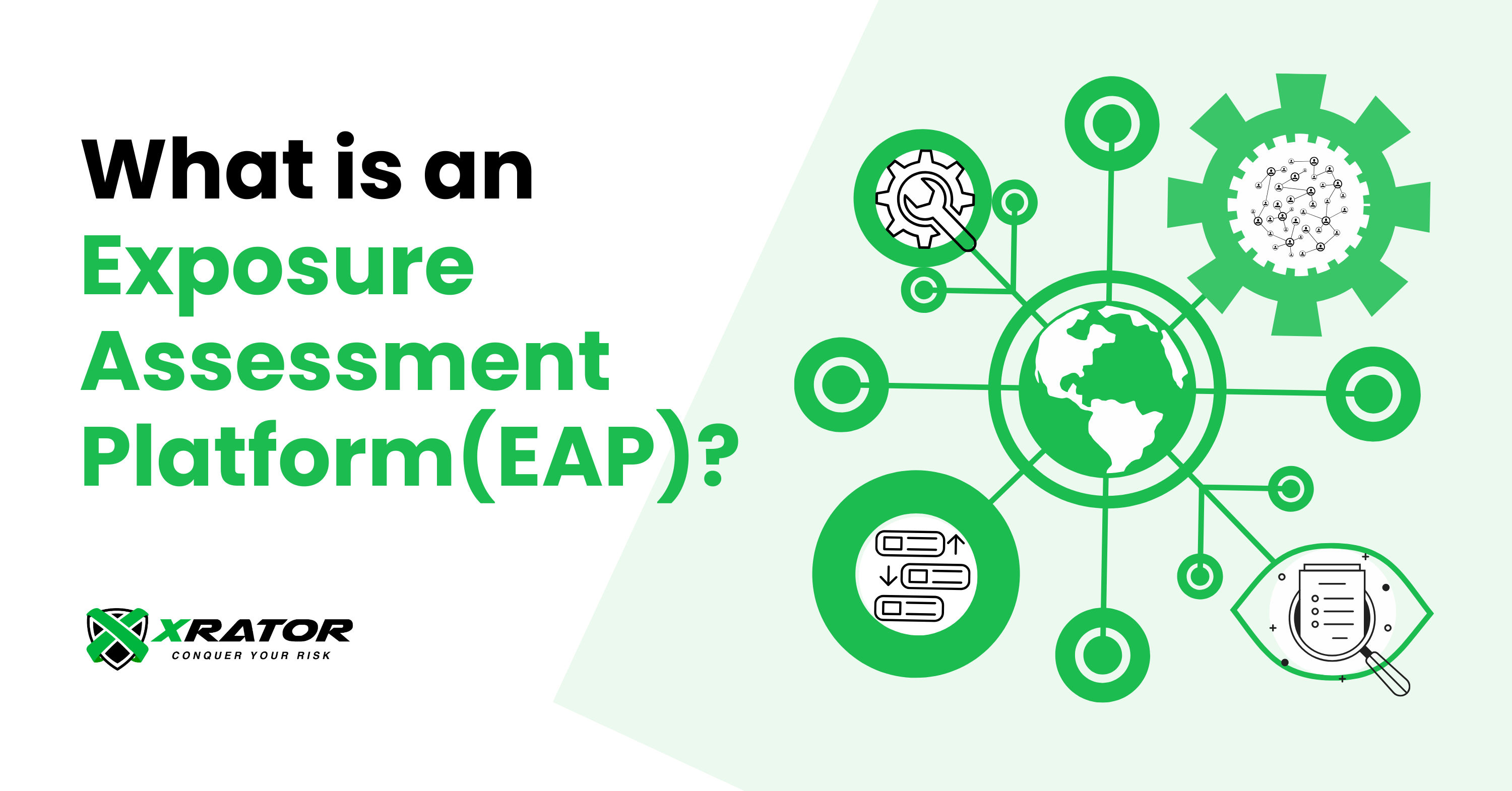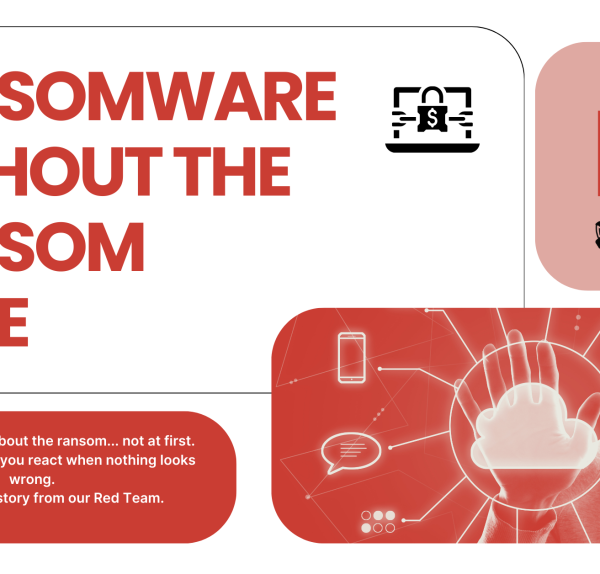Introduction to Exposure Assessment Platforms
As digital landscapes evolve and cyber threats grow in sophistication, traditional reactive security measures prove inadequate for today’s businesses. The rise in cybercrime, expected to reach $10.5 trillion annually by 2025, underscores a crucial need for advanced cybersecurity solutions. Exposure Assessment Platforms (EAPs) offer a sophisticated, proactive approach, enabling organizations to manage and mitigate risks associated with digital assets effectively. These platforms empower businesses to transition from traditional, reactive cybersecurity measures to a proactive, strategic function integral to their operational success.
The Essential Role of EAPs in Cybersecurity
EAPs transform cybersecurity from a static, isolated function into a dynamic, integrated component of business operations. This transformative approach allows organizations to continuously monitor, assess, and address digital vulnerabilities before they are exploited by malicious actors.
Comprehensive Asset Management: EAPs provide exhaustive visibility into all digital assets, including those across cloud, hybrid, and on-premise environments. This complete asset inventory is essential for understanding potential attack surfaces.
Advanced Vulnerability Detection: EAPs utilize cutting-edge scanning technologies to detect vulnerabilities across an organization’s digital infrastructure. This includes not only known vulnerabilities but also potential zero-day exploits through predictive analytics and anomaly detection.
Real-Time Threat Intelligence: Integrating real-time threat intelligence, EAPs equip organizations with the necessary context to understand which vulnerabilities are most likely to be exploited, enabling prioritized remediation efforts based on actual and potential threats.
Automated Remediation Through Integration:While Exposure Assessment Platforms (EAPs) primarily identify and prioritize vulnerabilities, they can integrate with automation tools to recommend solutions, trigger workflows for remediation, and enforce predefined security policies for seamless risk mitigation.
Expanding the Cybersecurity Perimeter with EAPs
EAPs enhance organizational cyber resilience by providing tools that integrate directly with business operations, aligning security strategies with business objectives.
Proactive Risk Management: By continuously analyzing the security posture and identifying vulnerabilities before they are exploited, EAPs enable organizations to adopt a proactive approach to risk management.
Enhanced Regulatory Compliance: As regulations like GDPR and HIPAA impose strict penalties for non-compliance, EAPs are crucial for maintaining continuous compliance. They ensure that all digital assets adhere to the latest standards, and deviations are addressed promptly.
Optimized Security Investments: Focusing resources on the most critical vulnerabilities, EAPs help organizations optimize their security investments, ensuring that cybersecurity budgets are allocated to areas that provide the highest impact on protecting key business assets.
Industry-Specific Applications and Strategic Benefits of EAPs
EAPs provide tailored cybersecurity solutions across various sectors, each with unique challenges and regulatory requirements.
Financial Services: EAPs protect against fraud and secure financial transactions within banks and other financial institutions, ensuring financial data integrity and compliance with financial regulations.
Healthcare: EAPs protect sensitive patient information, ensuring the security and availability of medical records across healthcare systems. They help healthcare providers meet stringent compliance requirements and safeguard patient privacy.
Retail: Retailers utilize EAPs to secure e-commerce platforms and customer transaction systems, particularly during high-traffic periods like holiday sales. EAPs help detect and address security vulnerabilities in point-of-sale systems and e-commerce backends, preventing data breaches and financial fraud.
Manufacturing: EAPs secure industrial control systems and proprietary information, crucial for maintaining operational integrity and competitive advantage in the manufacturing sector.
The Future of EAP Technology
The future of EAP technology aims to identify and prioritize potential attack paths, tailored to the organization’s threat landscape and risk appetite. It will strengthen detection technologies fine tuning, enable real-time compliance monitoring and create automated feedback loops for risk scenarios to feed the Continuous Improvement Security Pan.
As IoT devices proliferate, cloud computing expands, and the IT/OT convergence accelerates, EAPs will play a critical role in securing these technologies.
Conclusion
Investing in an Exposure Assessment Platform is crucial for any organization aiming to safeguard its digital assets against evolving cyber threats. EAPs provide a strategic advantage by aligning cybersecurity efforts with business objectives, ensuring continuous compliance, and enhancing overall digital resilience. As cyber threats become more sophisticated, the importance of EAPs in managing digital risks continues to grow, making them indispensable for modern businesses.
At XRATOR, we specialize in providing a cutting-edge Exposure Assessment Platform (EAP) designed to keep your cybersecurity measures ahead of potential threats. Partner with us to enhance your organizational resilience and safeguard your critical digital assets.





